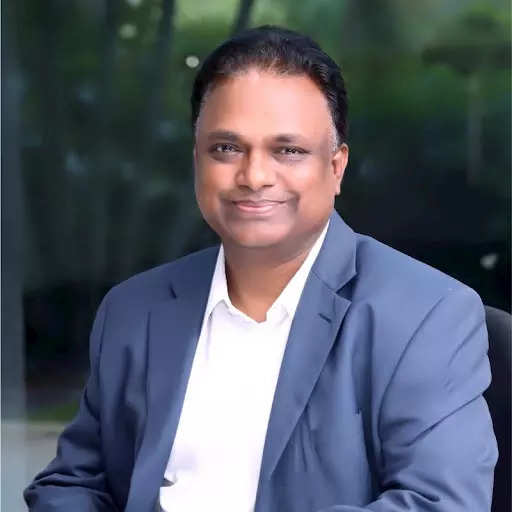
Among the major technology megatrends, electric propulsion and connected vehicles are making steady inroads into the Indian automotive market. They are followed by autonomous driving technology which has five distinct levels. The Indian OEMs are experimenting with Level 2 which is characterized by Ad AA Advanced Driver Assistance System (ADAS). OEMs are using it to differentiate their products. Mahindra & Mahindra has introduced it in its recent launch XUV700.
R Velusamy, chief of global product development – automotive sector, M&M, talked about the prospects of ADAS tech in India, and M&M’s strategy for it in an exclusive interview with ETAuto. “We anticipate ADAS features will be offered by all the major mass market players, at least in their flagship offering, in the near future. In India, Level 2 autonomy will be widespread in the next two to four years,” he said.
Q. At what rate do you expect autonomous driving tech to grow in India?
Autonomous driving technology will see a gradual growth and uptake not just in India but worldwide. In India, Level 2 autonomy will be widespread in the next two to four years. We have already introduced features such as the smartpilot assist in XUV700 and we anticipate such features to be seen with all the major mass market players at least in their flagship offering in the near future. At this point it is important to note that features like automatic emergency braking (AEB) or lane keeping assist (LKA) do not qualify for autonomous driving as they are assist features. We expect the proliferation of such features.
Q. XUV 700 is the first M&M model to offer ADAS features. What has been the market response? What percentage of customers has opted for variants with ADAS features?
The overall market response has been extremely positive as the customers today are looking for a safe driving experience, in addition to the best of technology, design and engineering. We are thrilled to be leading the safety conversation in India and in addition to the five-star rating, it is heartening to be recognised by Global NCAP for being the first Indian made and owned brand to offer Autonomous Emergency Braking (AEB) as a safety option, as part of ADAS. Majority of the bookings for the XUV700 is for the variant that comes with the ADAS functionality. Beyond booking and sales, we see customers taking interest in vehicle safety features and it is reflected in the social media conversations and content developed by amateurs and experts using the XUV700.
At this point it is important to note that features like automatic emergency braking (AEB) or lane keeping assist (LKA) do not qualify for autonomous driving as they are assist features. We expect the proliferation of such features~
Q. What could be the driving factors for ADAS adoption in the Indian market?
Some of the factors that will aid faster adoption of ADAS in Indian market would be, better road networks with lane markings, the government mandate to have basic safety features such as FCW (Forward Collision Warning), AEB (Automatic Emergency Braking) and LKA (Lane Keep Assist) at least in the commercial segment, increasing appetite for technology among the young Indian consumers, rising safety consciousness in the market driven by bodies such as GNCAP, and the evolving ADAS technology which becoming better every generation
Q. Do you see any hurdles on the road for ADAS adoption in India?
Now there are no hurdles, only enablers. But the OEMs should make their customers aware of the limitations of the ADAS technology. Similarly customers also should realise that ADAS systems available in XUV700 or any other vehicle in the Indian market are only assist systems and not autonomous driving. These systems do not dilute the responsibility of the driver who has to be fully alert to be able to take over control of the vehicle any time.
These systems do not dilute the responsibility of the driver who has to be fully alert to be able to take over control of the vehicle any time.~
Q. How long before L2 or L3 ADAS features become common in Mahindra models?Given the very positive response we have received for this technology I think we would be vigorously working to push the envelope further.
Also Read:

















